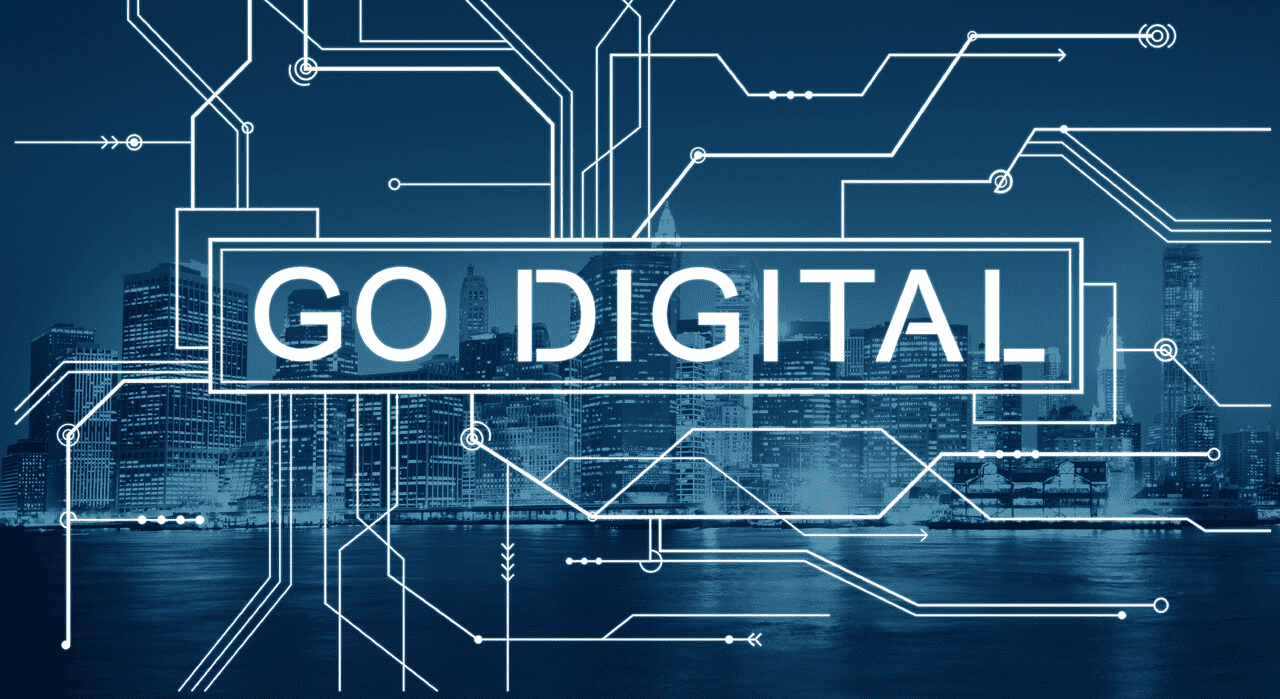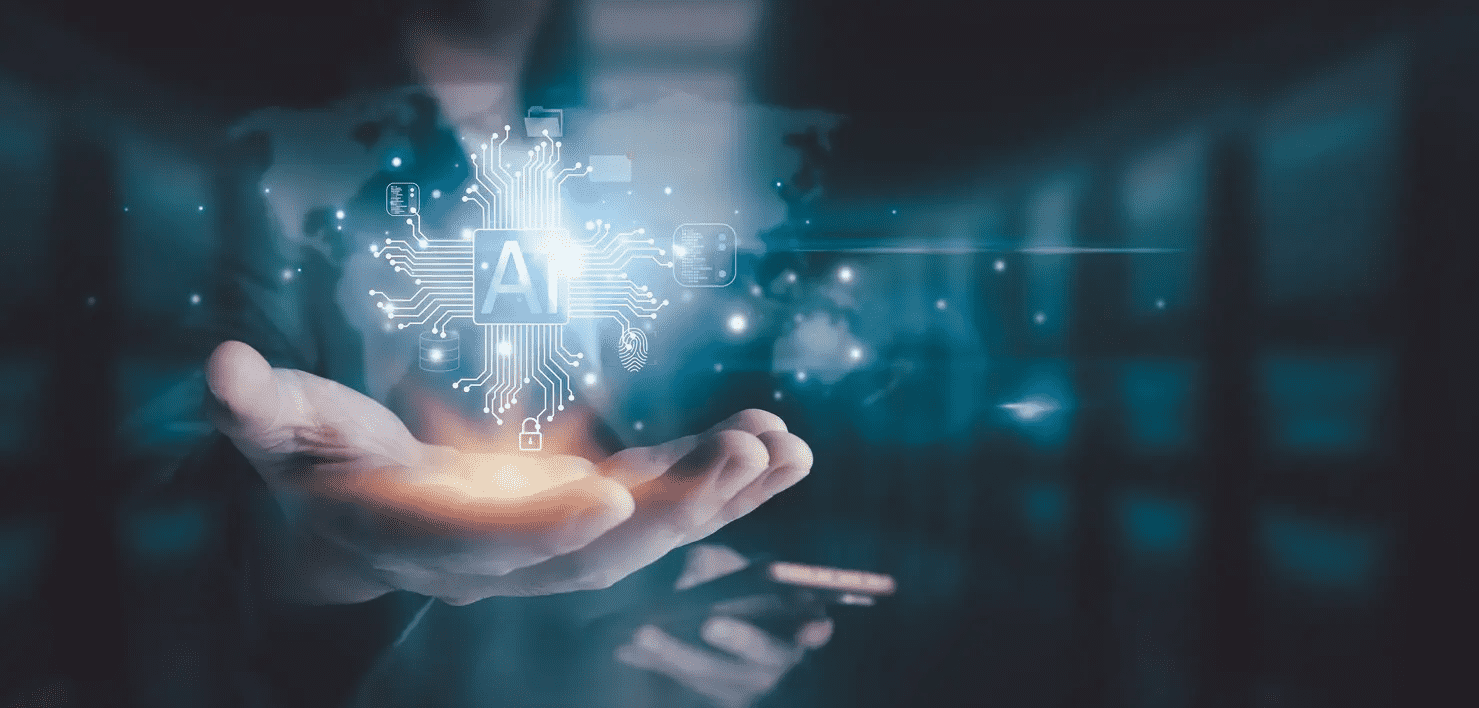Understanding the Convergence: AI, IoT, and Automation
The term "smart everything" encapsulates the synergistic relationship between AI, IoT, and automation. IoT devices, such as smart sensors and connected appliances, generate vast amounts of data. AI algorithms analyze this data to identify patterns, predict trends, and make decisions. Automation then utilizes these insights to execute tasks autonomously, improving efficiency and productivity.
For example, consider a smart home system. IoT sensors monitor temperature, lighting, and occupancy. AI algorithms learn the homeowner's preferences and adjust the settings automatically. Automation controls the lights, thermostat, and security system based on these learned patterns, optimizing energy consumption and enhancing comfort.
The Impact on Daily Life: Examples in 2025
Smart Homes
Smart homes in 2025 are far more sophisticated than simple remote-controlled devices. AI-powered virtual assistants manage appliances, optimize energy usage, and even anticipate residents' needs. Voice-activated controls, personalized entertainment systems, and automated security features are standard. [Link to: CNET Smart Home Reviews]
Transportation
Self-driving cars, powered by AI and connected through IoT networks, are becoming increasingly common. They promise to reduce traffic congestion, improve safety, and enhance mobility for those who cannot drive themselves. Smart traffic management systems optimize routes and reduce travel times. Public transportation is also being revolutionized by real-time tracking, predictive maintenance, and personalized passenger information.
Healthcare
AI-powered diagnostic tools are assisting doctors in detecting diseases earlier and more accurately. Wearable sensors monitor patients' vital signs and provide personalized health recommendations. Remote patient monitoring allows healthcare providers to track patients' conditions from afar, reducing the need for hospital visits. Robotic surgery is becoming more precise and less invasive. [Link to: FDA Medical Devices]
Work and Productivity
Automation is transforming the workplace, with robots and AI systems taking over repetitive and dangerous tasks. This allows human workers to focus on more creative and strategic activities. AI-powered collaboration tools enhance teamwork and communication. Remote work is facilitated by advanced communication technologies and virtual reality meeting spaces.
Retail and Commerce
AI-powered recommendation systems personalize the shopping experience, suggesting products and services that are tailored to individual preferences. Automated checkout systems streamline the purchasing process. Smart supply chains optimize logistics and reduce delivery times. [Link to: McKinsey Retail Insights]
Practical Guidance: Evaluating Smart Technologies
With a wide range of smart technologies available, it's essential to carefully evaluate your needs and choose solutions that are appropriate for your specific situation.
- Identify Your Needs: What problems are you trying to solve? What improvements are you hoping to achieve?
- Research Different Options: Compare different products and services based on features, price, and reviews.
- Consider Compatibility: Ensure that the different components of your smart ecosystem are compatible with each other.
- Prioritize Security: Choose devices and systems that have robust security features to protect your data.
- Read Reviews and Testimonials: See what other users have to say about the products and services you are considering.
- Start Small: Begin with a few key smart devices or systems and gradually expand your smart ecosystem as needed.
Here's a table illustrating the different evaluation criteria for different smart home devices:
| Device Type | Key Evaluation Criteria | Examples |
|---|---|---|
| Smart Thermostat | Energy efficiency, learning capabilities, compatibility with HVAC system | Nest Learning Thermostat, ecobee SmartThermostat |
| Smart Lighting | Brightness, color temperature, dimming capabilities, integration with other smart home systems | Philips Hue, LIFX |
| Smart Security System | Sensor range, alarm response time, professional monitoring options, video quality | Ring Alarm, SimpliSafe |
| Smart Speaker | Voice recognition accuracy, compatibility with different music streaming services, integration with other smart home devices | Amazon Echo, Google Home |
Long-Term Considerations: Maintenance and Responsibilities
Owning and maintaining smart technologies involves certain long-term considerations. Be prepared for:
- Software Updates: Smart devices require regular software updates to maintain security and functionality.
- Battery Replacements: Many IoT devices are powered by batteries, which will need to be replaced periodically.
- Connectivity Issues: Problems with your internet connection can disrupt the functionality of your smart devices.
- Data Privacy: Be aware of the data that your smart devices are collecting and how it is being used. Review privacy policies carefully.
- Security Vulnerabilities: Smart devices can be vulnerable to hacking and other security threats. Keep your devices updated and use strong passwords.
- Obsolescence: Technology evolves quickly. Be prepared to replace or upgrade your smart devices every few years.
Furthermore, consider the recurring costs associated with some smart devices and services. These may include monthly fees for professional monitoring of security systems, subscriptions for enhanced features, or data usage charges.
The Future of Smart Everything
The future of smart everything is likely to be even more interconnected and intelligent. We can expect to see:
- More advanced AI algorithms that can learn and adapt more quickly.
- More ubiquitous IoT devices that are integrated into every aspect of our lives.
- Greater automation of tasks and processes in both the home and the workplace.
- Increased personalization of products and services based on individual needs and preferences.
- More seamless integration between different smart devices and systems.
Ethical Considerations
The proliferation of "smart everything" raises important ethical considerations. Data privacy is paramount; users must have control over their personal data and understand how it is being used. Algorithmic bias, where AI systems perpetuate existing societal inequalities, is another concern that needs careful attention. Transparency and accountability in the development and deployment of AI technologies are crucial to ensure fairness and prevent discrimination. Furthermore, the potential displacement of human workers by automation requires proactive strategies for retraining and reskilling the workforce.
Data Security and Privacy
As our lives become increasingly integrated with smart devices, data security and privacy become critical concerns. It's imperative to take proactive steps to protect your personal information. This includes regularly updating software, using strong and unique passwords for each device and account, and carefully reviewing the privacy policies of manufacturers and service providers. Consider using a virtual private network (VPN) to encrypt your internet traffic and protect your data from interception. Be mindful of the permissions you grant to apps and services, and limit the amount of personal information you share. Regularly audit your smart home setup to identify and address potential security vulnerabilities.
The proliferation of connected devices also raises concerns about data breaches. Large-scale data breaches targeting IoT devices can expose sensitive personal information, such as location data, health records, and financial details. Stay informed about the latest security threats and vulnerabilities, and promptly address any security patches or updates released by manufacturers.
The Digital Divide
While "smart everything" offers numerous benefits, it's essential to acknowledge and address the digital divide. Access to technology and internet connectivity is not evenly distributed across all segments of society. This disparity can create a two-tiered system, where those with access to smart technologies enjoy increased efficiency, convenience, and economic opportunities, while those without access are left behind. Closing the digital divide requires concerted efforts to expand internet access, provide affordable devices, and offer digital literacy training programs.
Governments, non-profit organizations, and private companies all have a role to play in bridging the digital divide. Initiatives such as subsidized internet access for low-income households, free public Wi-Fi hotspots, and digital skills training programs can help ensure that everyone has the opportunity to participate in the smart revolution.
FAQ (Frequently Asked Questions)
- What is the biggest challenge in implementing "smart everything"?
- One of the biggest challenges is ensuring interoperability between different devices and systems. Standardized protocols and open APIs are needed to enable seamless communication and data exchange.
- How can I improve the security of my smart home?
- Use strong passwords, keep your devices updated, enable two-factor authentication, and segment your network to isolate IoT devices from your main network.
- Are there any health concerns associated with smart devices?
- Some people are concerned about the potential health effects of electromagnetic fields (EMF) emitted by smart devices. More research is needed to fully understand the long-term health impacts of EMF exposure.
- How can I reduce the environmental impact of my smart devices?
- Choose energy-efficient devices, recycle old electronics responsibly, and use smart home features to optimize energy consumption.
- What are the key skills needed to succeed in a "smart everything" world?
- Key skills include data analysis, programming, cybersecurity, and critical thinking. A strong understanding of AI, IoT, and automation technologies is also essential.
Disclaimer: This information is for informational purposes only and does not constitute professional advice. Prices and availability are accurate as of 2025 and may vary.





